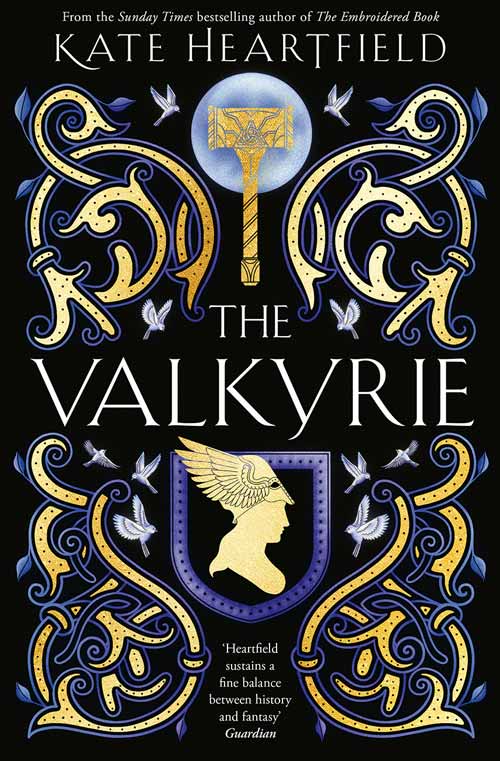The Game of Hope
At the close of the French Revolution, fifteen-year-old Hortense de Beauharnais—step-daughter of Napoleon Bonaparte—is attending Madame Campan’s Institute for Girls, where she excels in music. Although her life there seems charming—she has roommates who are her best friends and she is the teacher’s pet—she and the other girls are still haunted by sounds in the night: horses in the courtyard, men’s raised voices, a hard knock upon the door. Eliza Monroe, daughter of the American ambassador, and Caroline, sister of Napoleon, two students who did not live through the Reign of Terror, illustrate an outsider’s view of the survivors’ reality.
Hortense begins lessons with a young composer, Hyacinthe Jadin, but she is continually called home for various reasons, and never truly puts her heart into her passion. Worries over her brother’s safety—fighting in Egypt alongside Napoleon—and romantic thoughts of a certain soldier also vie for her attention. Notably, she frets over the details of her father’s untimely death by guillotine. Her mother has a host of problems herself, including holding on to her heir-obsessed second husband and thwarting his power-hungry family. Hortense takes on the ever-shifting challenges while holding onto hope for her future—something that’s not within her control.
The Game of Hope, a card game popular during the era, highlights the heading of each chapter, and lends an appropriate theme to the narrative. This story is written much like the author’s Josephine B. trilogy, though simplified for a younger audience. There is conflict and loss, but also joy and accomplishments. It is a well-balanced and historically detailed story that will immerse readers in an era of uncertainty and change.










